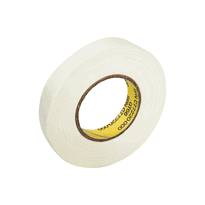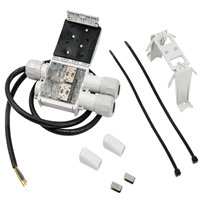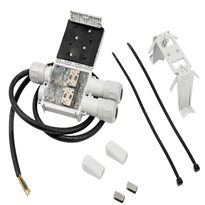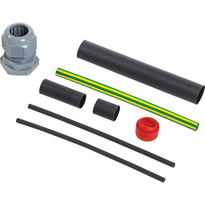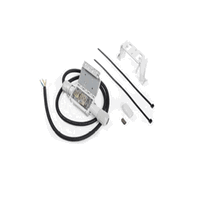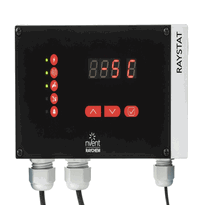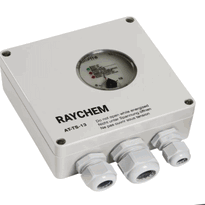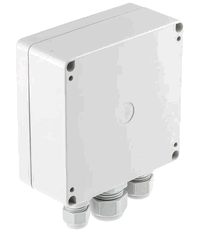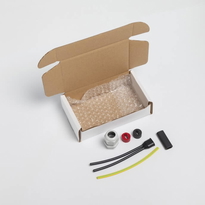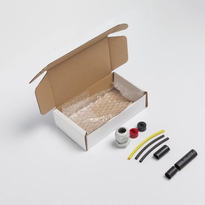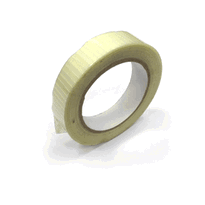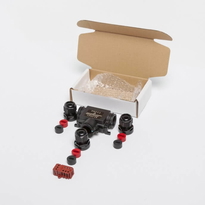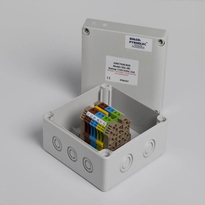Self Regulating Heat Cable
Self-regulating heat cables are engineered with a conductive polymer core embedded with microscopic particles, enabling the cable to adjust its heat output according to ambient temperature variations. When temperatures decrease, the cable's core contracts, increasing contact points and reducing resistance, which in turn elevates heat output; as temperatures rise, it expands, decreasing resistance and lowering heat. This reversible mechanism allows for efficient, safe, and energy-saving thermal management without the need for external controls.
Exploring further, it is evident that this innovative technology offers significant benefits across various industries and applications in the UK, from preventing pipe frost in critical infrastructure to maintaining optimal temperatures in industrial processes. The self-regulation feature ensures that the system responds dynamically to environmental conditions, minimizing energy consumption and reducing operational costs.
Overall, self-regulating heat cables provide a reliable and adaptable solution for a wide range of thermal management needs, making them a valuable asset in modern UK heating, de-icing, and frost protection strategies.
How Self-Regulating Heat Cable Functions
Self-regulating heat cables function through a core material made from a conductive polymer matrix embedded with microscopic conductive particles, such as carbon or metal infusions.
When the ambient temperature drops, the polymer contracts microscopically, increasing the contact points between these conductive particles. This process reduces the electrical resistance of the cable. This reversible process enables the cable to respond dynamically to temperature changes. As a result, more electrical current flows through the core, generating additional heat exactly where it's needed, such as in colder sections.
Conversely, as the temperature rises, the polymer expands slightly. This expansion reduces contact between conductive particles, increasing the resistance. Higher resistance limits the flow of electrical current, thereby decreasing the heat output.
This natural, reversible response creates a self-regulating system that adapts to the environment without the need for external controls. This mechanism ensures that the cable maintains an appropriate temperature across varying environmental conditions, promoting energy efficiency and preventing overheating.
It's particularly beneficial in applications where consistent, reliable heating is required, and temperature fluctuations need to be automatically managed.
Key Features and Design Elements
Key features and design elements of self-regulating heat cables are primarily characterized by their layered construction and electrical components that enable safe and efficient operation. These cables consist of two parallel bus wires embedded within a heating matrix doped with carbon particles or conductive polymers, which facilitate electrical conduction. The heating core, made of radiation-cross-linked polymer, ensures long-term stability and durability. They are designed to be cut to length off the roll, with a constant power per meter, allowing flexible installation tailored to specific needs factory-cut length. Insulation layers, such as thermoplastic jackets, aluminium foil, or metallic overshields, provide mechanical and environmental protection. Protective braids like tin-plated copper offer electrical grounding and additional strength. The cables are engineered with variable electrical resistance, allowing heat output to adapt based on temperature, thereby preventing overheating. This self-regulating feature makes these cables energy-efficient and safer for use in sensitive applications. Designed to withstand impact, abrasion, and chemical exposure, these features ensure reliable performance across a variety of industrial and outdoor settings. The robust construction and intelligent design of self-regulating heat cables make them an ideal choice for maintaining safe and efficient temperatures in demanding environments.
Benefits and Energy Efficiency
How do self-regulating heat cables optimize energy usage and enhance operational efficiency? These cables automatically adjust their heat output based on the ambient temperature, ensuring that only the necessary amount of energy is used. This adaptive regulation reduces heat loss by delivering warmth precisely where and when it's needed, significantly improving the overall system efficiency. Self-regulating technology also helps extend the lifespan of the cable by preventing overheating and thermal stress, leading to fewer replacements and lower long-term costs. Furthermore, they contribute to lower utility bills by intelligently controlling the flow of electrical current, which helps to minimise energy wastage.
The benefits of this technology include:
1. Eliminating unnecessary energy consumption through automatic heat adjustment.
2. Reducing heat loss and increasing system efficiency.
3. Lowering environmental impact by decreasing carbon emissions associated with energy production.
In addition to energy savings, self-regulating heat cables provide consistent temperature control, enhance safety through built-in overheat prevention mechanisms, and reduce maintenance and operational costs. These features make them a highly effective and environmentally responsible choice for heating solutions across various UK settings.
Typical Applications and Industry Uses
Self-regulating heat cables are widely utilized across various industries and applications to meet specific heating and temperature control needs. They're essential for industrial freeze protection, preventing pipes, vessels, and tanks from freezing in cold climates—particularly within the oil, gas, and chemical sectors.
These cables also help maintain process temperatures, ensuring chemicals, foodstuffs, and pharmaceuticals remain within required ranges, thereby supporting production quality and operational efficiency. They automatically adjust their heat output based on ambient temperature and heat loss conditions, ensuring optimal performance. The reliability of self-regulating heat cables makes them a preferred choice for critical operations requiring consistent temperature control.
In addition, self-regulating heat cables are commonly used for snow and ice melting on roofs, walkways, and ramps. This improves safety and accessibility during the winter months.
For commercial and residential settings, they provide underfloor heating solutions and instant hot water.
In hazardous environments, self-regulating cables operate safely in explosive atmospheres and corrosive conditions.
Their versatility makes them an indispensable component in numerous critical industrial and infrastructure applications across the UK.
Conclusion
Self-regulating heat cables adapt their heat output according to ambient temperatures, offering efficient and dependable heating solutions across various applications. Their design incorporates materials that alter electrical resistance, ensuring energy is only utilized when necessary. This dynamic response results in reduced energy consumption, lower operational costs, and enhanced safety.
Understanding their proper application and functionality enables optimal integration in industrial, commercial, and residential settings. This ensures consistent performance while minimizing waste and maintenance demands. By intelligently adjusting heat output based on environmental conditions, self-regulating heat cables provide a reliable and energy-efficient heating option suitable for a wide range of UK-based applications.








